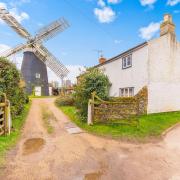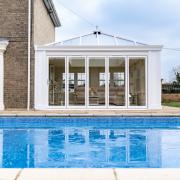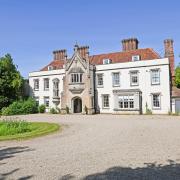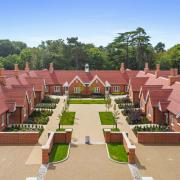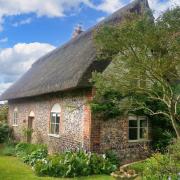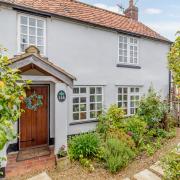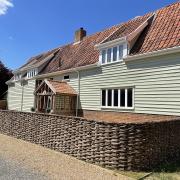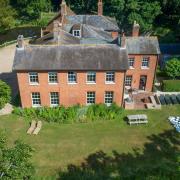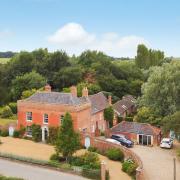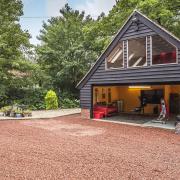Period homes can be expensive to run, but it is possible to save money by learning a bit about traditional skills, says Paula Sunshine
Paula Sunshine on DIY wattle and daub and other traditional skills
For anyone owning a period house, the recession may have brought about renewed enthusiasm for DIY (Do it yourself). When things get tight, it makes sense to tackle some jobs around the home oneself. But when it comes to period buildings and traditional methods of repair, some homeowners might at first feel a little bit out of their depth when confronted with a crumbling patch of ancient lime plaster or wobbly panel of wattle and daub. It would be easy to reach for more modern methods, but this is when a short, inexpensive day course in traditional building skills can be invaluable, enjoyable and save you thousands of pounds.
Old buildings require a special kind of TLC together with certain skills once thought of as defunct. But in the last twenty years there has been a huge resurgence in interest for period buildings and original repair methods such as wattle and daub and lime plastering. These are two of the oldest building methods in the world most commonly employed in the past to construct and repair homes. Wattle and daub was originally employed to cover over the whole of the timber-frame of a home but is more commonly seen today, in places such as Lavenham, filling the gaps between the timbers. Whereas lime plaster is used to coat the surface of wattle and daub, or as a plaster on ceilings and walls covering the timbers completely.
Anyone currently living in one of East Anglia's ancient and wonderful timber-framed homes, cannot fail to wonder at some time, what on earth the materials are their home was built with. Although some period home owners might prefer to leave specialist skills to specialists, others might be surprised to find out how easy some of the skills are to learn. Instead of reaching for the cement filler or mastic every time that crack appears, they might be keen to try their had at applying traditional materials.
Apart from the advantages of learning new skills (or old skills in this case), most traditional building repair methods and materials are environmentally friendly, generally being locally sourced, naturally produced, recyclable and harmless to the environment should they end up in landfill - highly unlikely as most of them can be reused time and time again - unlike modern building materials.
By participating in a day course to learn to repair their ancient home, the period home owner will be helping to preserve their house for future generations to enjoy, as well as keeping equally ancient skills alive. Learning how things were done in the past helps to connect people with their home and it's previous occupants. It also empowers, giving them the confidence to tackle more complicated jobs in the future.
My old dad used to say, “ If you want a good job done, do it yourself!”
Nobody cares more about their period home than the owner, so it isn't such a daft idea that they learn some of the skills needed to care for their home. Of course, it doesn't have to be all work and no play with the period home, and one day courses to learn how to make a framed decorative pargetted (patterned) panel have been designed for people with a more artistic flare.
Whatever you have in mind, practical, theory or just having fun, a one day course at Hill's Farm, Lawshall, will bring the past alive and help your period home survive into the future!
The three courses on offer this year are: 1.Wattle & Daub and Lime Plastering (practical), 2. Ridge to Soleplate - all about timber-framed homes (theory), 3. Making a Decorative Pargetted Clay Panel (practical).
Each course lasts one day (six hours) and costs �100 per person. Contact: Paula Sunshine Tel: 01284 830492 Hill's Farm, Bury Road, Lawshall, Suffolk. IP29 4PJ
website: www.paulasunshine.co.uk e-mail: daubdolly@aol.com



